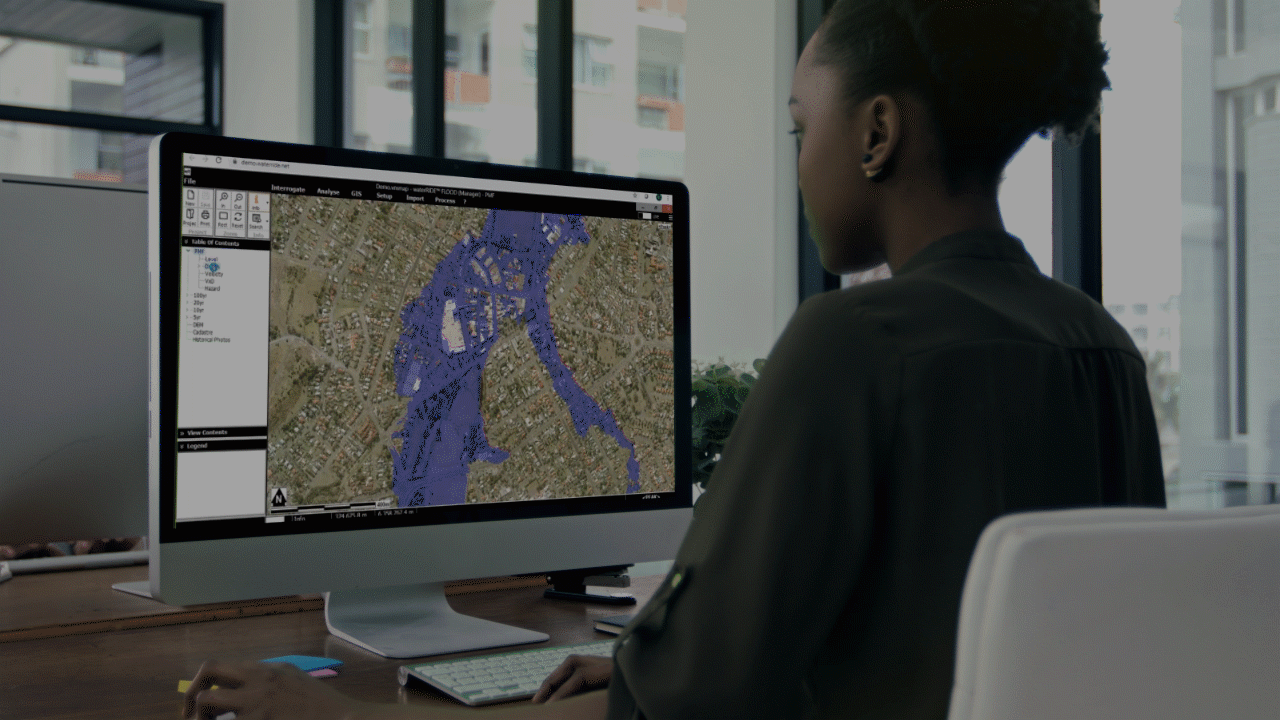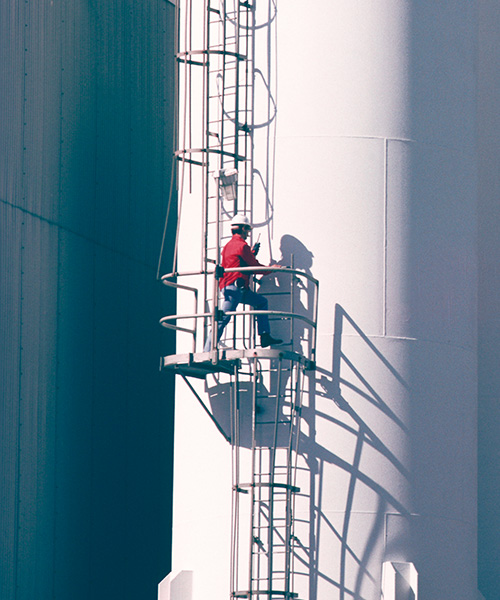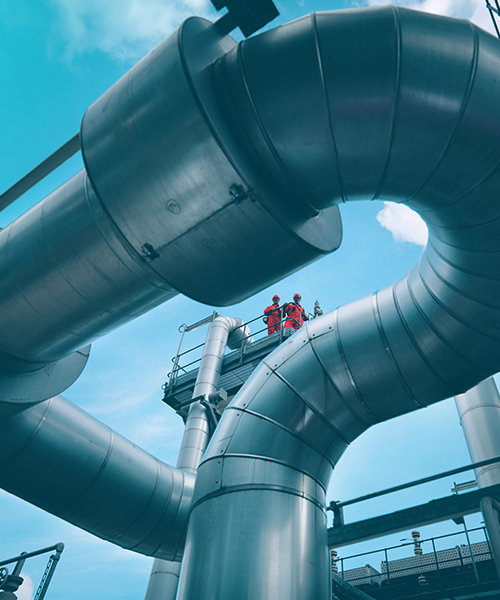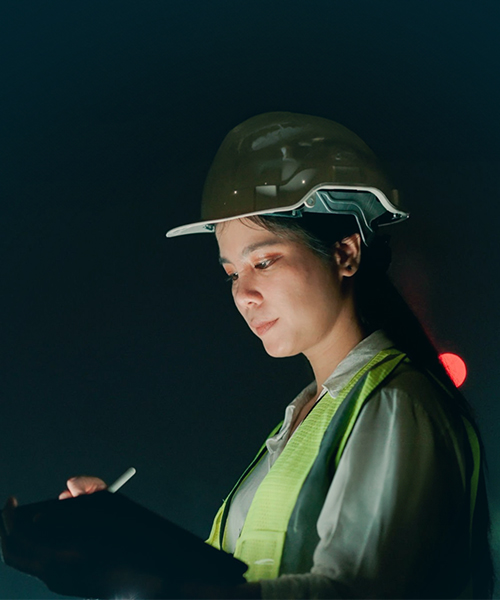How we created waterRIDE technology to promote better flood resiliency, mitigation and emergency response
In 2010 to 2011, Queensland, Australia was hit with one of its most devastating flood events. It affected 200,000 people and killed at least 35. The Alberta flood in 2013 left four people dead and thousands of people homeless. It was also the costliest natural disaster in Canadian history, totaling CAD 6 billion in damages. And in 2021, record rainfall was recorded in some Europe countries.
The World Health Organization reports that 80 to 90 percent of natural disasters in the past decade are from floods, droughts and severe storms. And communities and businesses are set to face increasing flood severity as climate change progresses. It’s important that we understand the implications of these changes to help create climate change resiliency for our communities and industry.
How does climate change affect flooding?
Rising global temperatures as a result of climate change can mean more extreme weather events such as floods. Higher temperatures lead to higher sea water temperatures which leads to a greater potential for rainfall. And when it does rain, it’s likely to be more intense and severe.
Governments and industry need to be aware of the implications climate change is having on flooding so they can plan for and mitigate risk before an extreme flood event occurs. Take a hardware store in the US as an example. Its owners could have avoided a loss of over USD 1 million worth of stock if they had simply moved their stock from the lowest shelves. River gauge forecasts were publicly available. And, had this information been used, it could have shown the likely water inundation levels at their store.
The more prepared we are, the more resilient our businesses and communities will be.
Managing the impact of extreme flood events
A flood is dynamic – it builds up over time. But traditional geographic information system (GIS) tools are built for static datasets, which makes it difficult for floodplain and emergency response managers to plan for the likely outcomes of extreme floods.
“Flood modelers and emergency response managers need to not only understand which areas will be flooded at the peak of a flood, but how these areas will be affected as a flood evolves in terms of isolation, evacuation and the like,” explains Cameron Druery, waterRIDE Product Manager at Worley.
“We created waterRIDE, our floodplain and flood management software to do just that. It presents complicated flood information in a dynamic and easy to understand way. This means anyone can analyze flooding data, understand which areas and assets are vulnerable to flooding, and plan suitable responses and evacuation plans well in advance of a flood occurring.”

Sharing flood information quickly
In the last 15 years, waterRIDE has helped more than 250 organizations across government, insurance, and energy and resources become more resilient to the impacts of flooding.
“With waterRIDE, businesses and utilities can minimize the interruption to their operations. And governments can see which areas are most at risk and put processes in place to ensure that people remain safe during flooding events.
“Flood information and insights can be shared instantly with stakeholders directly from our cloud-based platform, without any datasets changing hands. This means that flooding data is truly at your fingertips, allowing collaboration with and distribution to all stakeholders. With the confidence that they are looking at the most current datasets,” explains Druery.
The bottom line? waterRIDE enables simple, hassle-free and fast data sharing to promote better flood resiliency, mitigation and emergency response.
“As the threat of extreme flood events increase, our goal is to equip industry and government with the tools they need to make informed planning and management decisions. Ultimately reducing risk, improving safety, and enabling more sustainable outcomes,” says Druery.
Find out more about waterRIDE and how we’re supporting sustainability.




